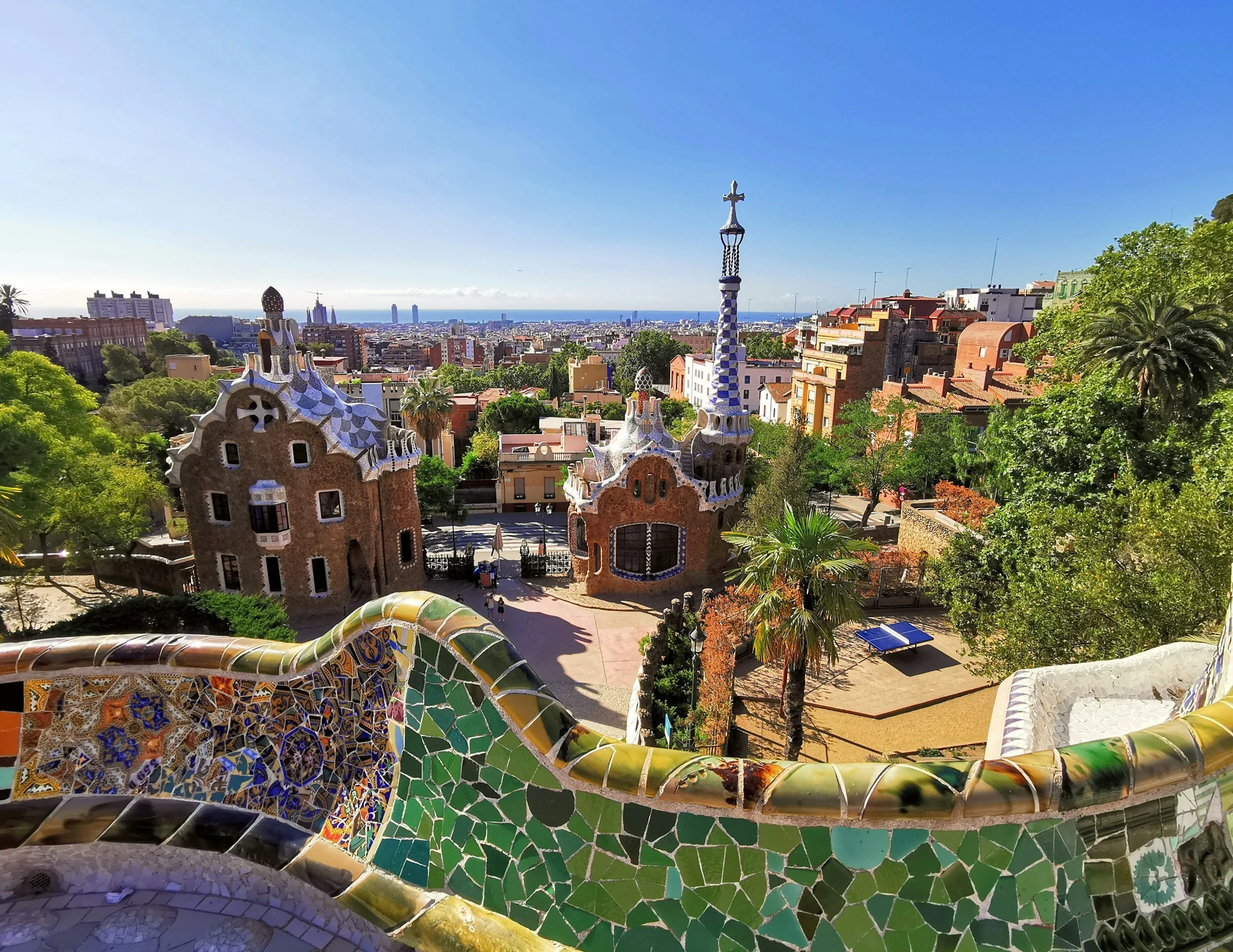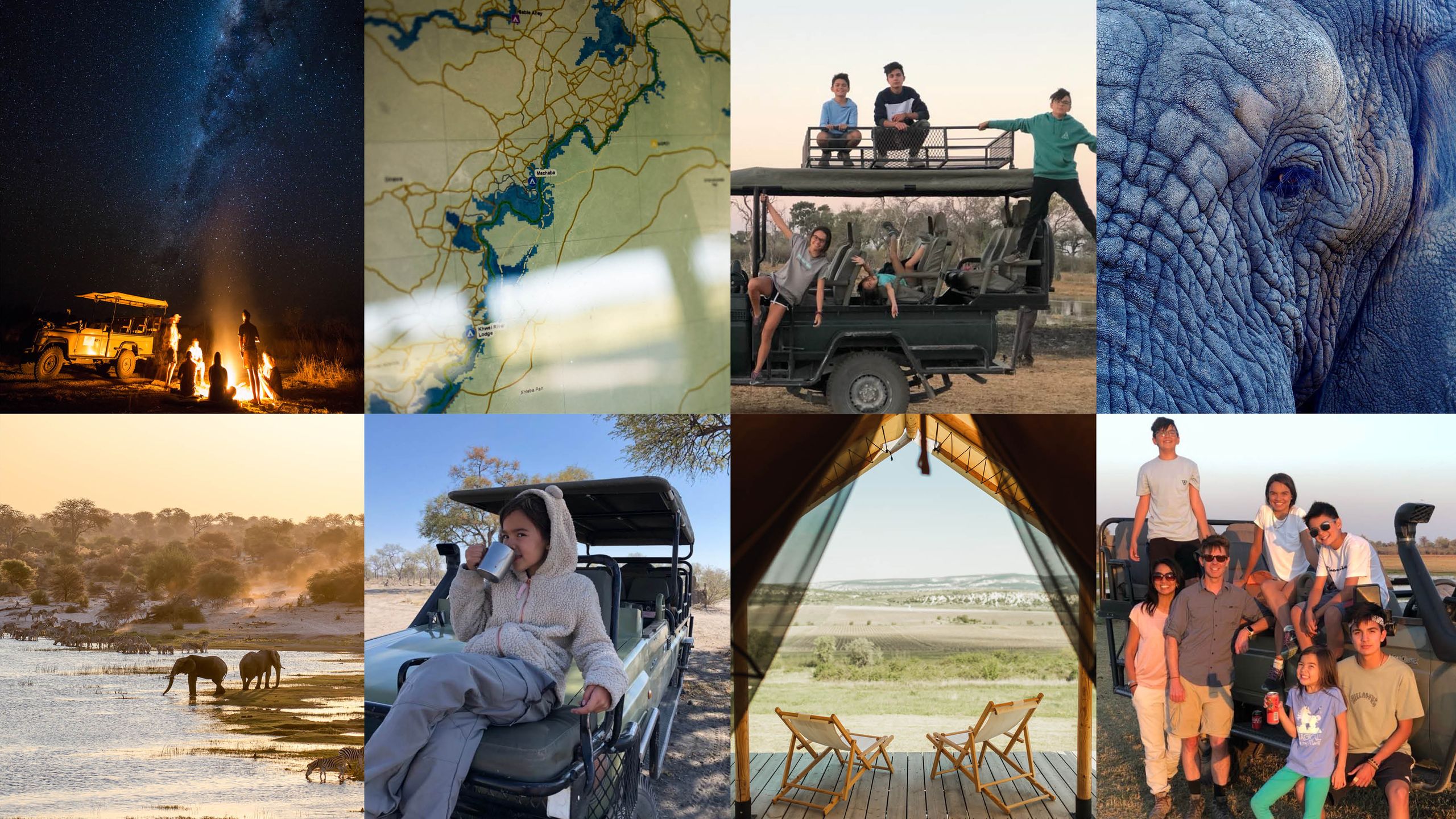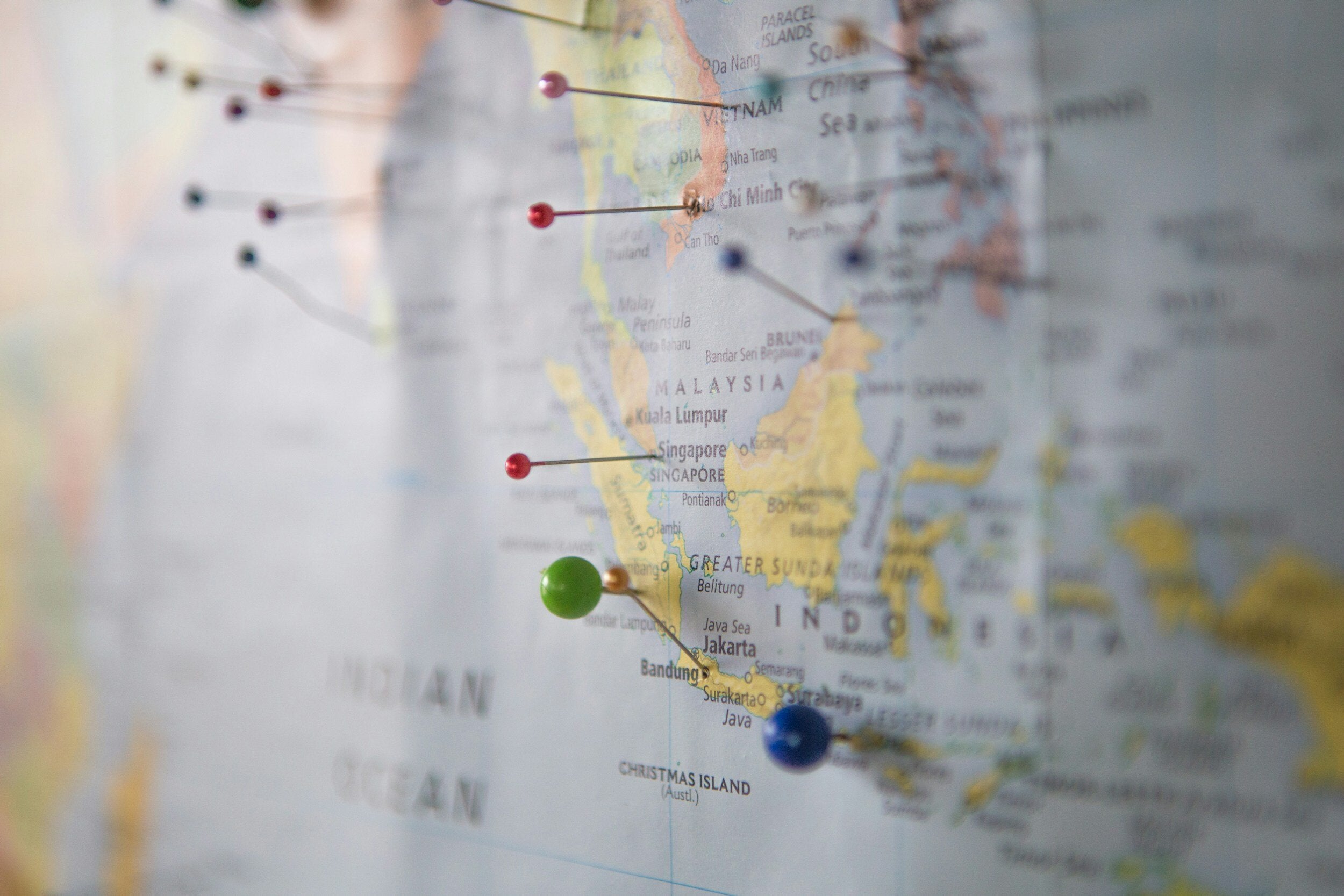How the Duration of the Trip Influences Cultural Experiences in Tourist Itineraries

The Importance of Trip Duration in Cultural Travel
The length of time spent traveling can significantly influence the quality of cultural experiences a traveler encounters. From brief weekend excursions to extended explorations across months, the duration of a trip dictates the depth of engagement one can have with diverse cultures. Understanding these nuances can vastly improve any travel itinerary.
Time for Exploration
Longer trips offer travelers the luxury of time, allowing them to engage in immersive experiences that might not be possible during a short visit. For example, participating in local festivals can provide insights into community values and traditions. Consider a traveler visiting Indian during Diwali, the festival of lights. A week-long stay may afford them the opportunity to partake in family celebrations, learn traditional dance forms, and try regional delicacies that connect them with the essence of the culture. On the other hand, a three-day visit may leave travelers scrambling for a superficial look at the festivities, missing out on the intimate and enriching experiences only longer immersions can provide.
Relationship Building
Time spent in a particular location inherently fosters relationships with locals. Extended stays allow visitors to interact with residents beyond mere transactional exchanges at shops or attractions. This could lead to friendships or mentorships, as seen when travelers volunteer at community centers or participate in language exchange programs. For instance, in a city like Oaxaca, Mexico, a traveler spending a month might build lasting ties with artisans who can share the intricacies of their craft, such as traditional weaving or pottery. Such connections not only enhance personal experiences but also create a sustainable bond with the place and its people.
In-Depth Learning
Longer trips also create ample opportunities for in-depth learning about a destination’s history, traditions, and even its linguistic subtleties. This type of engagement allows travelers to absorb more than just facts; it fosters an appreciation for the intricate details that shape a culture. For example, in a city like New Orleans, a week spent exploring can yield knowledge about its French, Spanish, and African American influences through visits to museums, historical tours, and interactions at local eateries. The ability to converse in even basic Louisiana Creole phrases could deepen a traveler’s appreciation and understanding of this vibrant culture, something a fleeting visit may not accomplish.
Conversely, shorter trips often lead to a rushed itinerary, where travelers might find themselves solely focused on popular attractions while overlooking the undercurrents of local life. For instance, vacationing in iconic cities such as Chicago or Boston, a weekend trip may encourage tourists to snap hurried photos at well-known landmarks like the Willis Tower or the Freedom Trail, neglecting local cafes or markets that provide a glimpse into the city’s true character.

Ultimately, recognizing how trip duration influences cultural encounters can significantly transform travel planning strategies. As you consider your next getaway, reflect not only on the destination but also on the time you can dedicate to make your travel experiences more memorable and transformative. After all, while the iconic sights may beckon, the stories and connections built over time resonate far deeper.
DON’T MISS: Click here to discover unique shopping experiences!
Maximizing Cultural Immersion through Extended Travel
The duration of a trip is a pivotal factor in determining how deeply travelers can engage with the local culture. Longer stays facilitate a richer and more nuanced understanding of the destinations, as travelers are not merely skimming the surface of iconic landmarks, but instead delving into the everyday life and traditions of the people. This immersion can profoundly shape one’s travel experience, leading to a more fulfilling adventure.
Experiencing the Local Rhythm
When travelers invest time in a destination, they become attuned to its unique rhythm and flow. This engagement provides an opportunity to witness not only tourist-oriented events but also authentic cultural practices. For example, spending time in the vibrant streets of Tokyo allows a traveler to observe the delicate balance of tradition and modernity. They can experience the serene beauty of a Shinto shrine ceremony in the morning, followed by the lively hustle of a local fish market, and culminate their day at a karaoke bar where locals unwind. Such diverse experiences help paint a vivid picture of daily life in Japan, something that a quick visit might overlook.
The Vital Role of Contextual Connection
A lengthy trip also promotes a deeper contextual connection to a culture. Instead of merely checking items off a list, travelers can engage in activities that foster understanding, such as:
- Joining community workshops to learn traditional cooking techniques.
- Taking part in guided eco-tours that emphasize local ecosystems and sustainability practices.
- Attending local performances that highlight regional art forms, including dance and music.
Through these participatory experiences, travelers attain insights into the values that shape a community. This connection often leads to a more meaningful appreciation of local customs, traditions, and even the challenges faced by the inhabitants.
Adjusting Perspectives through Time
On the other hand, refers to shorter trips often yield a frenetic pace, with itineraries filled to the brim with attractions that overlook local nuances. This type of travel can lead to what some might call a “checkbox vacation,” where the focus is predominantly on famous landmarks such as the Statue of Liberty in New York City or the Golden Gate Bridge in San Francisco. While these sites are culturally significant, many travelers might miss out on exploring lesser-known neighborhoods steeped in history and tradition. A nuanced experience of a city like New Orleans, characterized by its jazz heritage and culinary diversity, often requires more than a fleeting glance.
To truly experience the soul of a destination, time is essential. Patterns of behavior, social interactions, and the everyday practices of locals become apparent only when one allows adequate time to observe and participate. This understanding not only enriches the travel experience but also fosters respect and appreciation for different cultures.
As travelers plan their next journeys, it’s crucial to reflect on the importance of trip duration. Choosing to extend a getaway may lead to unexpected joys, connections, and memories that will resonate far beyond the travel experience itself. In doing so, travelers are not merely observers; they become part of the story of the destinations they visit.
| Cultural Immersion | Extended Engagement |
|---|---|
| Longer trips allow for deeper cultural immersion. | Prolonged stays offer opportunities to engage with local communities. |
| Visitors can attend local events, festivals, and workshops. | Encourages learning through participation rather than observation. |
The duration of a trip significantly impacts the quality and depth of cultural experiences that travelers can achieve. With longer stays, tourists are not only able to see the sights but also to immerse themselves in the local culture, which is essential for truly understanding a destination. For instance, participating in local events or festivals creates memorable interactions that a short visit cannot offer. Moreover, extended trips provide the time necessary for extensive exploration of local traditions, lifestyles, and cuisines, enhancing the level of engagement with the community. This engagement fosters connections and unveils the intricacies of a culture, granting travelers unique insights that enrich their journey. The contrast in experiences between short and long-term visits demonstrates the profound influence that the duration of a trip has on cultural appreciation and personal growth. Thus, understanding the dynamics of travel duration can profoundly change how itineraries are planned and personal experiences are shaped.
DISCOVER MORE: Click here to dive deeper
Transformative Journeys: The Power of Duration
The amount of time spent in a destination not only enhances cultural understanding but also shifts personal perspectives and encourages transformative experiences. Travelers who choose to immerse themselves in a location for extended periods often find that the journey becomes just as significant as the final destination. This leads to a sense of personal growth and a broadened worldview, which cannot be achieved through brief stopovers.
Building Relationships with Locals
One of the most profound ways that longer trips enhance cultural experiences is through the development of relationships with local residents. By staying longer, travelers can foster genuine connections that often start with simple greetings and evolve into meaningful dialogues. This engagement can happen in various settings, such as local markets, cafes, or during shared activities. For instance, a traveler in Buenos Aires may join a tango class and find themselves partnered with a local dancer who shares stories about the significance of the dance in Argentine culture.
Such interactions can lead to unexpected invitations to family gatherings or community events, which allow travelers to celebrate local traditions up close. Whether it’s learning to cook a regional dish from a grandmother in Italy or participating in a New Year’s festival in Thailand, these moments create lasting memories that enrich one’s travel narrative.
Understanding the Impact of External Factors
The duration of a trip also enables tourists to appreciate external factors impacting local culture, such as economic changes, environmental challenges, and social movements. For example, by spending substantial time in regions affected by tourism overdevelopment, travelers can gain insight into both the benefits and challenges that arise for local communities.
In regions like Bali, where tourism shapes much of the economy, a traveler may notice the conflicting desires of local residents to preserve their cultural heritage while tapping into the financial opportunities that tourism brings. Understanding these dynamics requires more than surface-level engagement; it demands prolonged exposure to the local community and its daily struggles and celebrations.
Deepening Language Skills and Cultural Literacy
The time invested in a destination can lead to improved language skills, broadening cultural appreciation significantly. Engaging with locals through conversations is an excellent way to practice language proficiency. In France, for instance, a traveler spending a few weeks in a quaint village might focus on conversational French, picking up idioms and phrases that enhance their ability to relate to locals and understand the cultural fabric.
Moreover, cultural literacy can deepen through the exploration of historical contexts and narratives unique to the area. A longer stay could involve visiting museums, attending lectures, or participating in tours that highlight historical events shaping the local identity. Travelers in Washington, D.C., for example, who take time to explore both the iconic monuments and the narratives of marginalized communities will gain a more holistic perspective of American history and culture.
Ultimately, the duration of the trip plays a vital role in shaping the depth of cultural experiences during travels. By spending sufficient time in a location, travelers transition from mere visitors to engaged participants, fostering a richer understanding and appreciation of the cultures they encounter. This transformative journey is what makes travel not only an exploration of new places but an exploration of the self.
DIVE DEEPER: Click here to discover how influencers shape travel itineraries
Conclusion: The Lasting Impact of Trip Duration on Cultural Engagement
In summary, the duration of a trip significantly influences cultural experiences in tourist itineraries, shaping not only what travelers see but also how they connect with the essence of a destination. Longer stays intrinsically enhance cultural understanding by allowing travelers to forge relationships with locals, engage in meaningful dialogues, and participate in authentic cultural practices. Such immersive experiences often transform travelers from passive observers into active participants, leading to enriched narratives and personal growth.
Furthermore, prolonged engagement enables visitors to grasp the complexities of a place—including its historical narratives, economic dynamics, and social structures. This deeper understanding often comes only with time and fosters an appreciation for the challenges and triumphs faced by local communities. By witnessing these nuances, travelers return home with a broadened worldview and a desire to advocate for forms of responsible tourism that respect and sustain cultural diversity.
As travel enthusiasts plan their next adventure, they should consider the importance of trip duration in crafting enriching experiences. Whether it’s exploring the colorful streets of New Orleans or learning traditional crafts in Oaxaca, dedicating time to truly immerse in a destination can offer profound insights that mere sightseeing cannot provide. Ultimately, the timing of a journey becomes the very foundation upon which unforgettable memories and transformative experiences are built.


